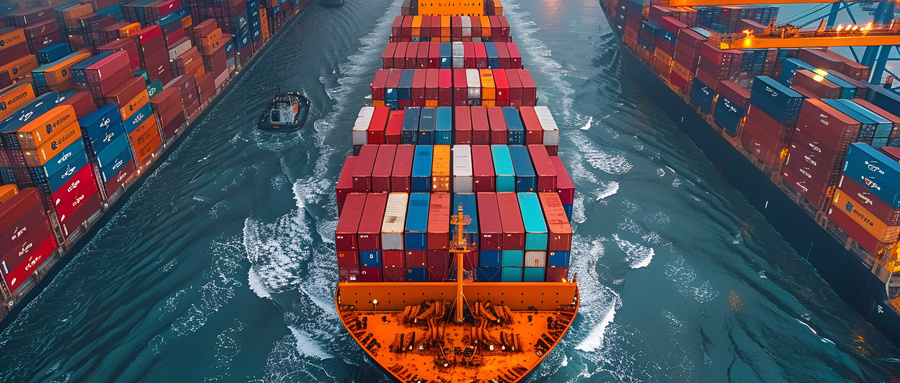


Recently, the security situation in the Red Sea region has aroused widespread concern in the global shipping industry. Ship traffic through the Suez Canal has picked up since the ceasefire between Israel and Hamas, but most shipowners remain wary of returning to the Red Sea.
According to the latest figures from the Suez Canal, 47 ships have re-routed to the waterway since the beginning of February. Canal Authority chief Executive Osama Rabie publicly declared that consultations with shipping companies and customers showed "positive signs" of stability in the Red Sea region. He had predicted that if the Gaza ceasefire held, Suez Canal traffic would gradually return to normal by the end of March and achieve a full recovery by mid-year.
However, PortWatch data from the International Monetary Fund (IMF) shows that in the week ending February 9, the average daily ship passage through the Bab el-Mandeb Strait was only 31, well down from more than 70 in normal times. This means that while the ceasefire provides shipping companies with a theoretical window of safety, in practice most shipowners remain on the sidelines.
The biggest threat to shipping in the Red Sea comes from Yemen's Houthi rebels. Since the escalation of the conflict, the Houthis have frequently used drones and missiles to attack commercial vessels, turning the Red Sea into a veritable "war zone." Although the ceasefire agreement has temporarily eased tensions, it has not completely removed the shadow. Daniel Mueller, an intelligence analyst at consultancy Ambrey, said the Houthis were continuing to expand their Arsenal and had not significantly weakened their ability to attack. "It could be months before we see real clarity," he said bluntly.
Chris Greenwood, vice president of Shipping agency Inchcape Shipping Services, also noted that "ceasefire talks have failed to give customers enough confidence to fully resume routes through the canal." That's not going to change in the foreseeable future."
On the other hand, commercial interests are also the "pull" that keeps shipping companies away from the Red Sea. Since the intensified Houthi attacks, a large number of ships have been diverted to the Cape of Good Hope, resulting in a surge in ton-nautical mile demand for global shipping. The data provided by Chris Greenwood is impressive: bulk carrier demand increased by 4.5% tonne-nautical miles, product tankers increased by 7.5%, and container ship demand surged by 17% TEU miles. This change seems to increase the distance and cost of shipping, but for shipping companies, it has unexpectedly brought big returns.
The report from Platts, a unit of S&P Global Commodity Insight, showed that tanker rates surged to a high in early 2024 as ships were diverted, before falling back to pre-war levels as supply and demand adjusted. The container ship market, however, has been even more impressive. The Platts Container Index hit $5,272.50 /FEU on January 3, its highest level since the summer of 2022, and even after falling back to $3,017 /FEU on February 18, it is still well above the pre-war level of less than $1,000 /FEU. Skyrocketing freight rates translate directly into increased profits for shipping companies.
"We'd be disingenuous if we didn't admit it: in many areas, shipping companies have a commercial incentive not to go through the canal," says Chris Greenwood. For container lines, the detour to the Cape of Good Hope not only improves capacity utilization, but also gives them a better bargaining position in a high-freight market. By contrast, a return to the Red Sea would shorten the voyage, but would mean giving up the low-hanging fruit.
Although most shipping companies choose to avoid it, a few shipowners are brave enough to test the Red Sea route. Oman's Asyad Shipping's Salalah LNG successfully crossed the Suez Canal and Red Sea earlier this month, becoming the first unsanctioned LNG carrier to pass through the Bab El-Mandel Strait in 12 months. Capital Gas' Trader III followed suit, completing a similar voyage.
Red Sea shipping is in a tug of war between safety and commerce. Shipping companies are both chess players and chess pieces in this game. The efforts of a few early movers may signal a turnaround, but the caution of most companies suggests that the Red Sea's road to recovery is still long and bumpy. Uncertainty about the security situation, high war risk premiums and the temptation to bypass dividends will all slow down the process.





